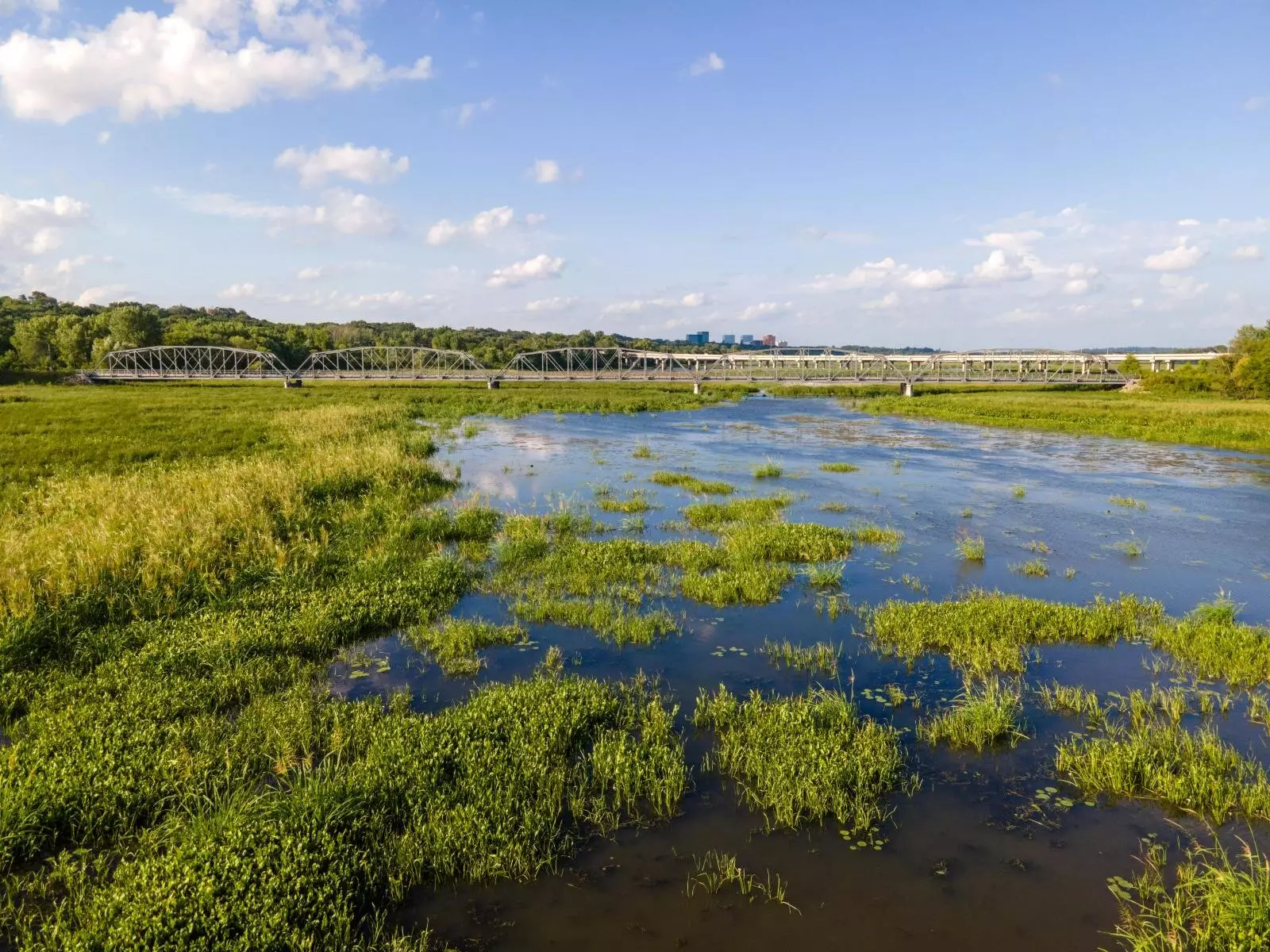Earth system models (ESMs) play a pivotal role in deciphering the complexities of climate change, particularly regarding how it influences ecosystems like wetlands. Historically, these models have suffered from inadequacies, especially in the representation of wetland hydrology, which has led to a diminished confidence in their projections of how these vital ecosystems will evolve. The latest research from a coalition of scientists at esteemed institutions such as the Pacific Northwest National Laboratory (PNNL), Lawrence Berkeley National Laboratory, and the University of Michigan signifies a proactive step toward rectifying these shortcomings.
Their innovative approach employs advanced modeling techniques that include an in-depth simulation of inundated wetlands, taking into account various physical mechanisms and climate scenarios. This initiative is crucial since wetlands are not only significant carbon sinks but also serve as biodiversity hotspots, making their accurate representation in climate models vital for future ecological balance.
Transforming Our Understanding of Wetland Dynamics
Utilizing a state-of-the-art ESM, the researchers are better equipped to validate their findings against satellite observations. This approach ensures a data-driven basis to project both current and future wetland conditions. The notable findings reveal alarming trends: under high emission scenarios, the annual wetland area across North America is predicted to decline by approximately 10%, with variances that could reach up to ±50%.
This transformation in wetland size and functionality isn’t just a number on a chart; it bears real-world implications. For instance, the projected shifts highlight the transition of the dominant climatic drivers affecting these ecosystems—from precipitation to temperature—unveiling a disturbing pattern of drying during peak biological activity in the summer months. Such changes pose dire risks to biodiversity, notably in prominent wetland regions like the upper Mississippi, Southeast Canada, and the invaluable Everglades.
Climate Scenarios: A Crucial Lens for Future Predictions
One of the most critical elements of the study is the emphasis on climate scenarios. The model reveals a compelling narrative—that the future state of wetlands is vital not just for local ecosystems but for global biodiversity. The increased infiltration due to warmer temperatures is likely to shrink wetlands in colder regions as soil ice levels decline. This showcases the intricate interplay between temperature fluctuations and wetland health, drastically altering their hydrological regimes.
Moreover, the findings serve as a clarion call for emission mitigation. Without significant reductions in greenhouse gas emissions, the long-term sustainability of these ecosystems is at severe risk. The models underline how our choices today will dictate the future landscape of North America’s wetlands.
The Path Forward: Urgent Action Required
As we delve deeper into the implications of these advanced ESMs, it becomes increasingly evident that prompt action is necessary. The findings urge policymakers, scientists, and the public to recognize the interdependence between climate action and wetland preservation. Fostering awareness about the importance of wetlands, not just as isolated ecosystems but as integral parts of our global climate system, is essential.
The research points to a pressing need: to elevate wetland conservation to a non-negotiable priority. With the merit of scientific inquiry on our side, we owe it to future generations to harness the power of advanced models to influence policy and lifestyle choices that echo a durable commitment to protecting these vital ecosystems. The time for decisive action is now, ensuring that wetlands can thrive even in the face of unprecedented climate challenges.


Leave a Reply